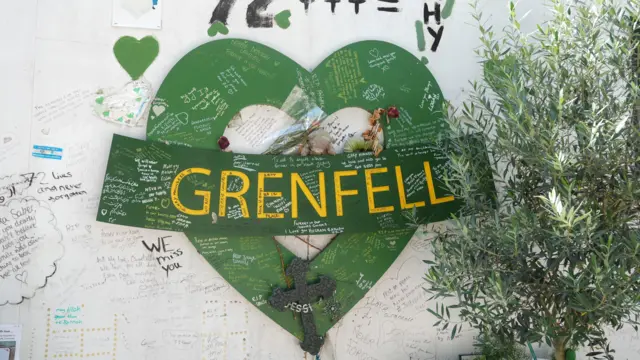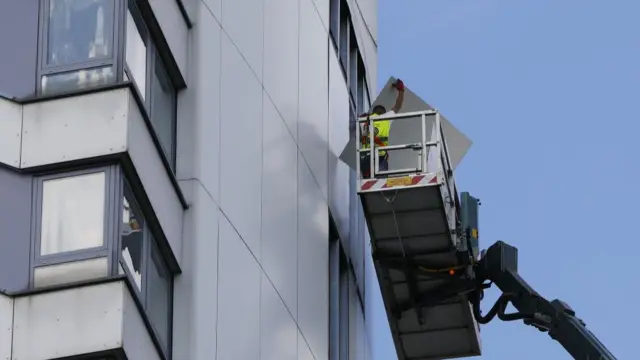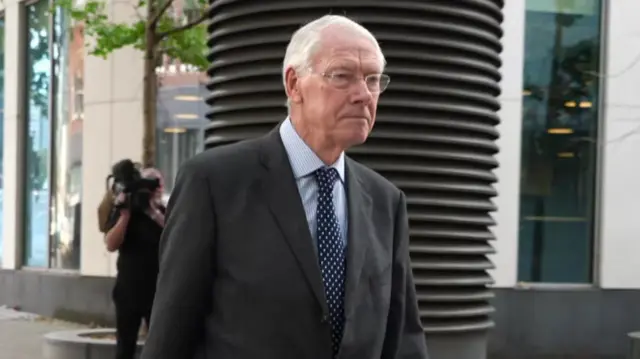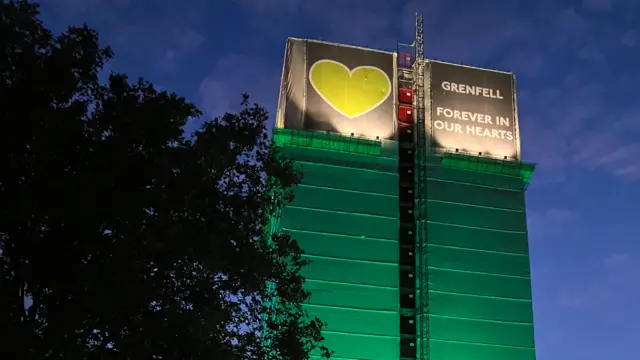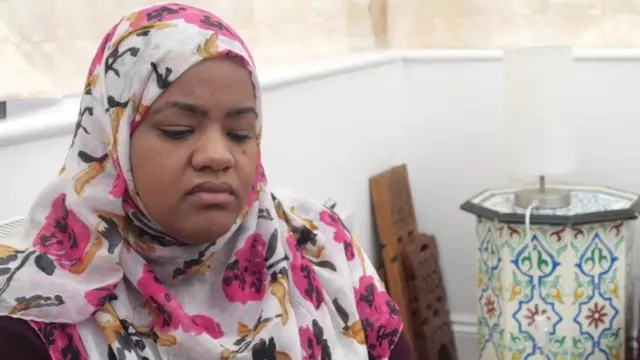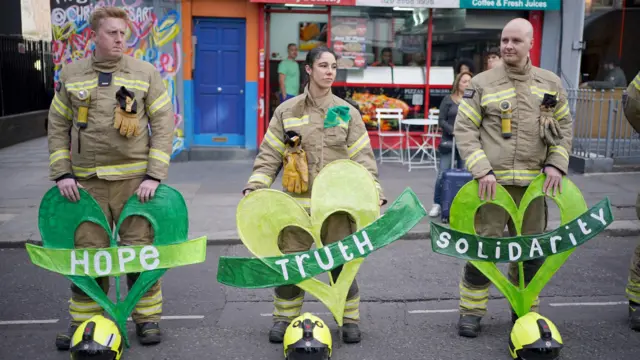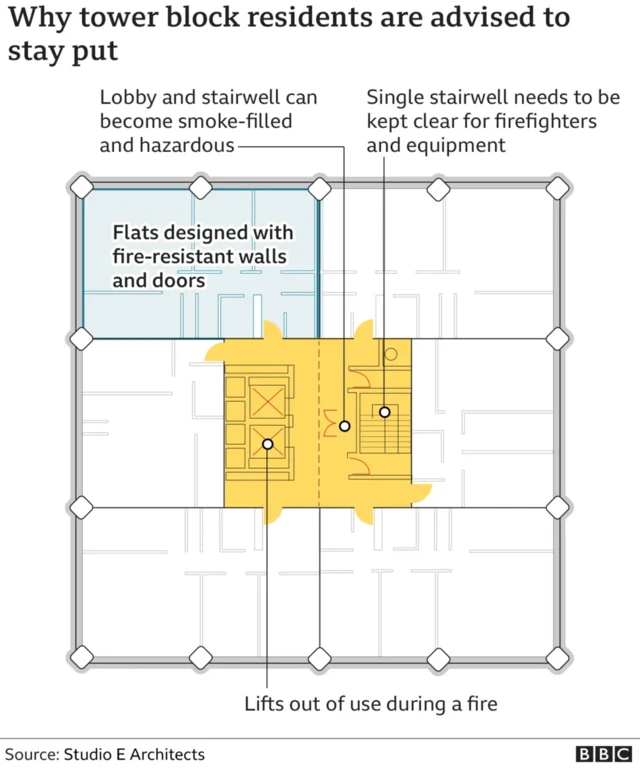Report has 'taken longer' than inquiry hoped, says chairpublished at 11:08 BST 4 September 2024
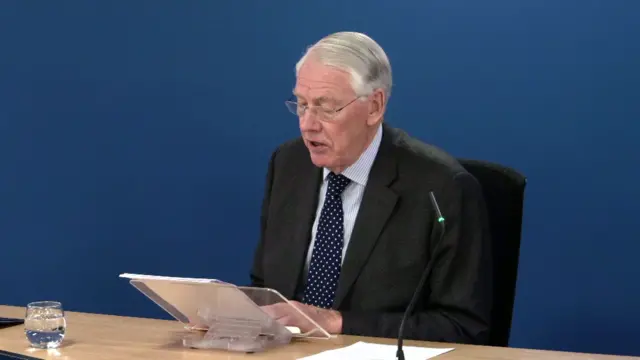 Image source, Grenfell inquiry
Image source, Grenfell inquiryThe inquiry's chairman says the second phase of the inquiry has "taken longer than we had hoped", partly due to its broad scope, and partly because they uncovered "many more matters of concern than we had originally expected".
He says it is not possible to properly understand the causes of the fire without understanding the way in which knowledge of the materials and construction developed over time, what the government and others learned about them, and how the regulations developed.
They also looked at how fire safety was managed at Grenfell and the relationship between residents and the tenant management organisation.



